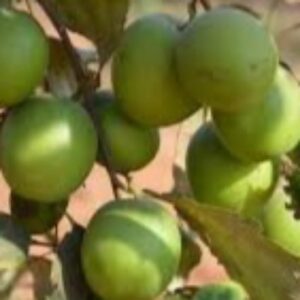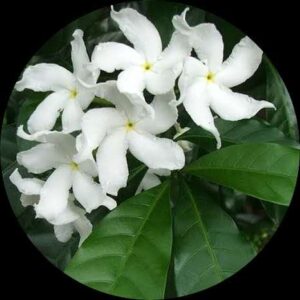- Empty cart.
- Continue Shopping
-21%
Persimmon
Original price was: ₹980.00.₹770.00Current price is: ₹770.00.
Genus : Ebony
The Persimmon Fruit Plant allows you to cultivate your own supply of delicious and juicy persimmons. With its high-quality plant, you can enjoy the unique flavors and sweetness of persimmons right in your backyard. Indulge in the pleasure of homegrown fruit and elevate your gardening experience
Persimmon, also known as Diospyros kaki, is a fruit-bearing tree that is native to China and Japan but is now grown in many parts of the world. Here are some more descriptions of the Persimmon plant:
- Appearance: The Persimmon tree can grow up to 60 feet tall, but most cultivated varieties are much smaller. The leaves are dark green and glossy, and the fruit is typically round or oval-shaped with a diameter of 2 to 4 inches. The fruit color ranges from light yellow to deep orange, depending on the cultivar.
- Taste: Persimmons have a unique flavor that is sweet, rich, and slightly tangy. Some varieties are astringent when unripe, which means they can cause a dry, puckering sensation in the mouth. However, when ripe, the fruit is soft and juicy with a delicious, honey-like sweetness.
- Season: The Persimmon season varies depending on the cultivar and location. In general, Persimmons are harvested in the fall, from September to December.
- Growth: The Persimmon tree grows well in a wide range of climates and soil types, although it prefers well-draining soil. It can be grown from seed, but most commercial growers use grafting to propagate new trees. Persimmon trees are deciduous, meaning they lose their leaves in the winter.
- Uses: Persimmons are a versatile fruit that can be eaten fresh or cooked. They are often used in desserts, such as pies and cakes, but they can also be sliced and eaten raw. In some cultures, Persimmons are dried to make a sweet and chewy snack.













Reviews
There are no reviews yet.